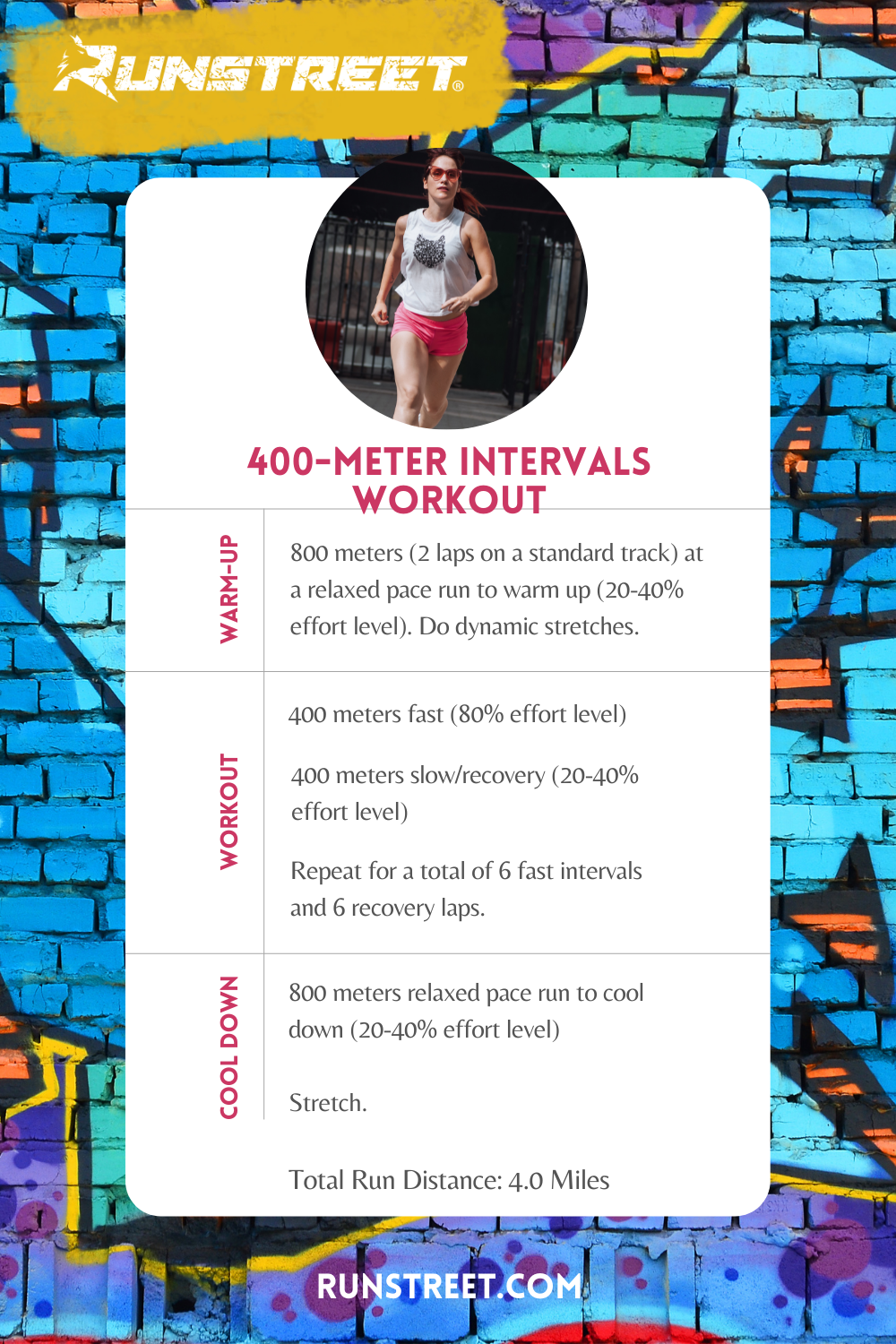The Ultimate Running Strategy Overview: Accomplish Your Health And Fitness Goals
Just How to stop and Handle Discomfort in Running: Expert Tips and Guidance
As runners, we often locate ourselves captured between the excitement of pressing our physical borders and the discomfort that can accompany it. The pursuit of that jogger's high can often be prevented by the unwanted buddy of pain. Whether you are a seasoned marathoner or a novice hitting the pavement for the initial time, the irritating existence of discomfort and discomfort is a typical . Nonetheless, there exist tested techniques and expert suggestions that can assist mitigate and take care of these discomforts, permitting you to focus on the pleasure of running itself.
Relevance of Correct Shoes
Proper footwear plays a vital role in protecting against and handling discomfort for joggers, as it substantially impacts their convenience, efficiency, and total foot health and wellness. When it comes to running, using the right footwear can make all the difference. Ill-fitting or inappropriate shoes can lead to a host of problems such as sores, shin splints, plantar fasciitis, and a lot more serious injuries like stress and anxiety fractures.
Selecting the right operating footwear involves considering elements such as foot type, stride technicians, running terrain, and personal choices. Runners with high arcs might call for more cushioning and assistance, while those with flat feet might take advantage of stability shoes. Additionally, comprehending pronation (the inward rolling of the foot) and supination (the external rolling of the foot) can assist in picking footwear that supply the appropriate degree of arch assistance.
Buying high quality running shoes that are suitable for your individual needs can help avoid pain and pain while boosting your running experience. Prioritizing correct footwear is not almost efficiency but likewise concerning securing your foot health and wellness in the future.

Efficient Warm-up Techniques
A vibrant warm-up regimen before a run assists enhance blood flow to the muscular tissues, enhances flexibility, and enhances the array of activity of the joints. Dynamic extends like leg swings, high knees, and hip circles are valuable in preparing the body for the physical demands of running.
In enhancement to dynamic stretches, including some light cardio exercises such as running or skipping rope can even more boost the heart rate and heat up the body. This mix of dynamic extending and light cardio helps loosen up limited muscles, oil the joints, and mentally prepares the runner for the upcoming exercise (running workout). By making workouts a consistent component of your running regimen, you can dramatically decrease the risk of injuries and carry out at your best during each run
Key Extending Workouts
When planning for a run, including crucial stretching workouts is vital to boost muscle versatility and stop injuries - Read More. Dynamic stretches such as leg swings, high knees, and hip circles are helpful for warming up the muscular tissues and increasing variety of motion before a run. These activities assist boost blood flow, loosen up tight muscle mass, and prepare the body for the activity in advance
Static stretches like calf bone stretches, hamstring stretches, and quadriceps stretches need to comply with a go to aid in muscular tissue healing and prevent rigidity. Holding each stretch for 15-30 secs enables the muscle mass to unwind and extend, decreasing the threat of post-run soreness and prospective injuries.
In addition, incorporating yoga exercise positions like down pet, pigeon pose, and spine spins can target several muscular tissue groups simultaneously, advertising total flexibility and stamina. Regular extending routines not just boost efficiency yet likewise aid in keeping good running kind and stopping overuse injuries. Keep in mind, correct stretching strategies are vital for a secure and delightful running experience.
Recuperation and Relax Strategies
After completing a run, carrying out reliable recovery and rest methods is important for making best use of efficiency and decreasing the risk of injuries. In addition, including remainder days into your training schedule is crucial to stop overuse injuries and burnout.
Energetic recuperation techniques such as mild stretching, foam rolling, and yoga can aid improve flow, lower muscle mass pain, and enhance versatility. It is additionally useful to focus on hydration and nourishment post-run to replenish electrolytes, glycogen stores, and advertise muscle healing.
Cross-training tasks like swimming or biking can give a break from the repetitive impact of running while still preserving cardio health and fitness - running workout. Listening to your body and acknowledging when it requires a break is vital to preventing persistent injuries and guaranteeing long-lasting running success. Keep in mind, remainder is not a sign of weakness however a crucial component of an all-around training program
Cross-Training Advantages

Additionally, cross-training aids in stopping mental burnout by including range to your workout routine, maintaining you determined and taken part in your physical fitness journey. It allows you to service different facets of health and fitness that might not be targeted entirely through running, leading to an extra well balanced and well-rounded professional athlete. Furthermore, cross-training can assist improve running efficiency by addressing muscle imbalances and weak points that may prevent performance. Overall, incorporating cross-training into your routine can result in boosted endurance, rate, and overall sports performance while decreasing the chance of injury.
Final Thought
In verdict, appropriate shoes, workout techniques, stretching workouts, recuperation strategies, and cross-training are necessary components in avoiding and handling discomfort in running. By integrating these practices right into your routine, you can decrease the danger of injury and pain while making the most of this web-site efficiency and pleasure of the sport. Read More. Keep in mind to pay attention to your body, prioritize rest and recuperation, and seek expert support when required to guarantee a risk-free and reliable running experience